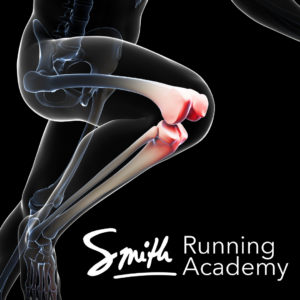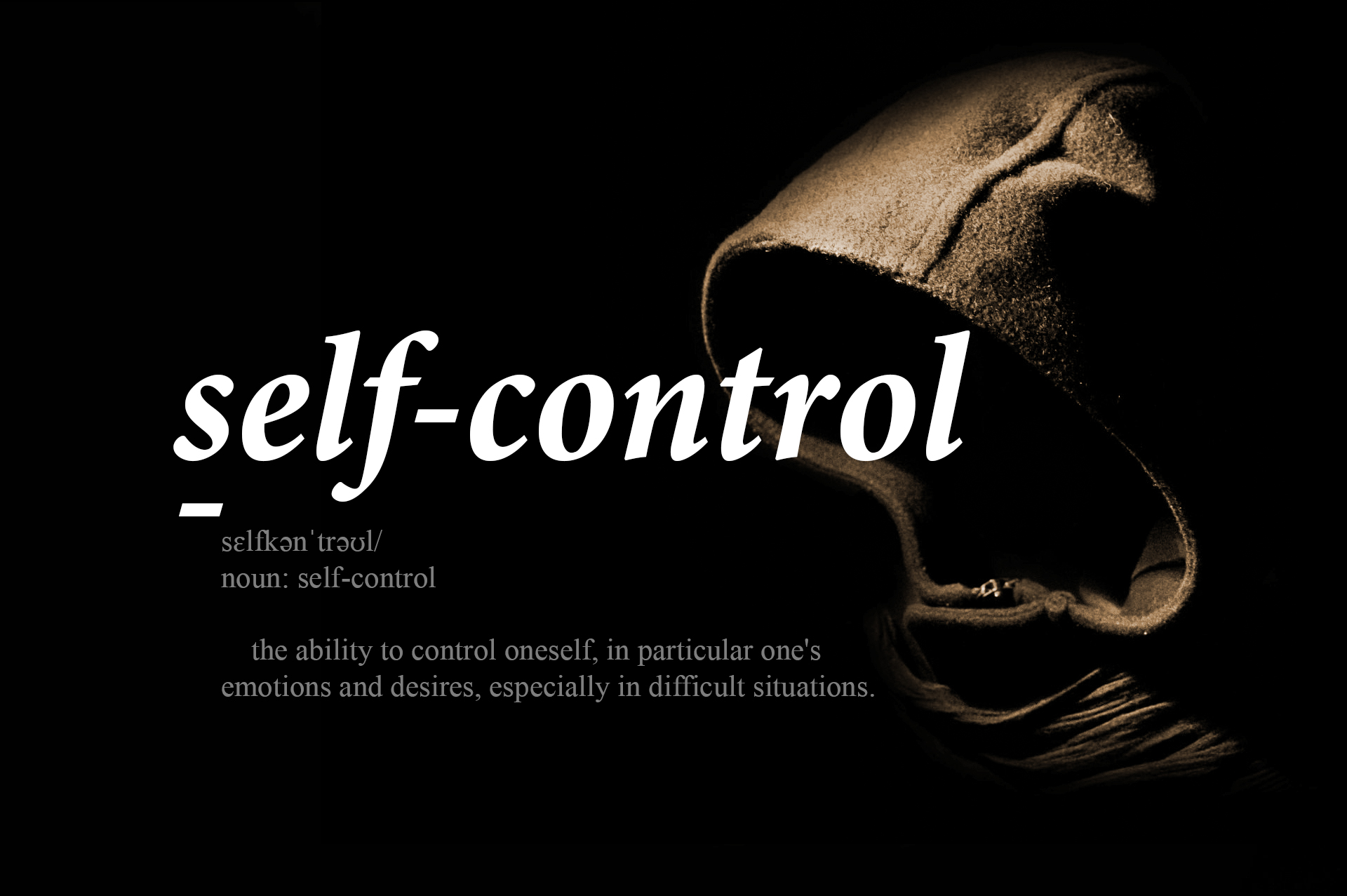Now Reading: Understanding sciatica and running Causes, Symptoms, and Impact on Running
-
01
Understanding sciatica and running Causes, Symptoms, and Impact on Running
Understanding sciatica and running Causes, Symptoms, and Impact on Running

Sciatica is a common condition that affects many individuals, especially runners. It is characterized by pain that radiates along the path of the sciatic nerve, which runs from the lower back down through the hips and buttocks and into each leg. The pain can vary in intensity and may also be accompanied by tingling, numbness, or weakness in the affected leg. For runners, sciatica can significantly impact their
performance and enjoyment of the sport. In this blog post, we will explore the relationship between sciatica and running, and how choosing the right running shoes can greatly alleviate symptoms and improve overall running experience.
Choosing the Right Running Shoes for Sciatica Sufferers: Key Considerations

When it comes to selecting running shoes for individuals with sciatica, there are several key factors to consider. These include support, cushioning, flexibility, and fit. It is important to keep in mind that different runners with sciatica may have varying levels of pain and discomfort, so there is no one-size-fits-all solution. However, by understanding these considerations, you can make an informed decision when purchasing your next pair of running shoes.
Support
Support is crucial for individuals with sciatica as it helps to stabilize the foot and provide proper alignment. This is especially important for those who overpronate (when the foot excessively rolls inward) or underpronate (when the foot does not roll inward enough). Both of these conditions can contribute to sciatica pain. Look for running shoes that offer adequate arch support and motion control to prevent pronation issues. Additionally, shoes with a firm heel counter can help to reduce pressure and strain on the lower back and legs.
Recommended Running Shoes for Support:
- ASICS Gel-Kayano 27
- Brooks Adrenaline GTS 20
- New Balance Fresh Foam 1080v10
Cushioning
Cushioning is another important consideration for runners with sciatica. Too little cushioning can cause impact shock to travel up the legs and exacerbate symptoms, while too much cushioning can lead to instability and loss of support. Look for running shoes with a midsole that offers adequate cushioning but still maintains a good level of responsiveness. This will help to absorb shock and reduce pressure on the feet, legs, and lower back.
Recommended Running Shoes for Cushioning:
- Nike Air Zoom Pegasus 37
- Hoka One One Clifton 7
- Saucony Ride 13
Flexibility
Flexibility in running shoes is essential for allowing natural foot movement and preventing strain on the joints. However, for individuals with sciatica, too much flexibility can lead to instability and aggravate symptoms. It is best to look for shoes with a balance of flexibility and stability. Shoes with flexible forefoot and firm heel areas are ideal for maintaining proper form while running.
Recommended Running Shoes for Flexibility:
- Adidas Ultraboost 20
- Reebok Forever Floatride Energy 2
- Altra Torin 4.5 Plush
Fit
Finally, it is crucial to choose running shoes that have a proper fit for your feet. Ill-fitting shoes can contribute to pronation issues and cause discomfort or pain during running. When trying on running shoes, make sure there is enough space in the toe box for your toes to move freely. The heel should also fit snugly without any slipping. Remember to always try on running shoes while wearing socks to ensure an accurate fit.
Exploring the Latest Technological Advancements in Running Shoes for Sciatica

Over the years, there have been many technological advancements in running shoe design that specifically cater to individuals with sciatica. These advancements aim to provide better support, cushioning, and flexibility for runners with sciatica. Some examples of these technologies include:
- Gel cushioning: Asics was one of the first brands to introduce gel cushioning in their running shoes. This technology helps to absorb shock and reduce pressure on the feet and joints.
- Air cushioning: Nike’s famous Air technology uses air pockets within the midsole to provide responsive cushioning and reduce impact on the feet and legs.
- FlyteFoam technology: This is a lightweight and durable foam used in Asics’ running shoes to provide excellent cushioning while maintaining responsiveness.
- DNA LOFT cushioning: Brooks incorporates this technology into their running shoes to provide a soft yet supportive cushioning system that adapts to every stride.
These technological advancements make running shoes more comfortable and supportive for individuals with sciatica, allowing them to continue pursuing their passion without pain or discomfort.
Benefits of Wearing Supportive Running Shoes for Individuals with Sciatica
Wearing supportive running shoes can greatly benefit individuals with sciatica in various ways. The primary benefits include relieving pain and discomfort, improving stability and balance, and preventing further injury or aggravation of symptoms. Let’s take a closer look at each of these benefits.
Relieving Pain and Discomfort
The most significant benefit of wearing supportive running shoes for individuals with sciatica is the relief of pain and discomfort. By choosing shoes with proper support and cushioning, you can alleviate pressure on the feet, lower back, and legs, reducing the intensity of sciatica pain. Additionally, supportive shoes can also help to correct any imbalances or misalignment in the body, further decreasing pain and discomfort.
Improving Stability and Balance
Sciatica can cause weakness, tingling, and numbness in the legs, making running feel unstable and challenging. Supportive running shoes can improve stability and balance by providing proper alignment and preventing overpronation or underpronation. This, in turn, can help to reduce the risk of falls or injuries while running.
Preventing Further Injury or Aggravation of Symptoms
Continuing to run with inadequate support or cushioning can lead to more severe injury or worsening of sciatica symptoms. By wearing supportive running shoes, you can prevent further damage to your body and avoid exacerbating your condition. It is crucial to prioritize your health and wellbeing when choosing running shoes for sciatica relief.
Assessing the Effectiveness of Different Running Shoe Designs for Sciatica Relief
Various running shoe designs have been specifically created to cater to individuals with sciatica. These designs focus on providing optimal support and cushioning to reduce pain and discomfort while running. Some common features of these shoes include:
- Orthotic inserts: Orthotics are specially designed shoe inserts that provide additional arch support and cushioning for individuals with foot conditions, including sciatica.
- Rocker soles: Rocker sole shoes have a curved sole that helps to promote a smooth heel-to-toe transition while reducing pressure on the foot.
- Minimalist shoes: Minimalist shoes have minimal cushioning and are designed to mimic barefoot running, which can improve foot and leg strength and reduce impact on the body.
The effectiveness of different running shoe designs for sciatica relief may vary from person to person. It is essential to try out different options and see what works best for your individual needs and comfort.
Personal Experiences and Testimonials from Runners with Sciatica
To gain a better understanding of how wearing supportive running shoes can benefit individuals with sciatica, let’s take a look at some personal experiences and testimonials from runners who suffer from this condition.
“I have been dealing with sciatica for years, and it has greatly impacted my passion for running. However, ever since I switched to supportive running shoes, I have noticed a significant improvement in my overall performance and a decrease in pain. I can now run longer distances without feeling uncomfortable or experiencing intense pain.” – Sarah, avid runner and sciatica sufferer
“I have always been hesitant to wear orthotics, but after trying them out with my running shoes, I am amazed at how much they have helped alleviate my sciatica symptoms. The added support and cushioning have made all the difference for me, and I can now enjoy running without worrying about aggravating my condition.” – Tom, runner and orthotic user
“Choosing the right running shoes was a game-changer for me. Before, I used to experience intense pain and numbness in my legs while running. But ever since I switched to shoes with proper support and cushioning, I can run without any discomfort. It has truly been life-changing.” – Emily, marathon runner and sciatica sufferer
These personal experiences showcase the positive impact of wearing supportive running shoes for individuals with sciatica and highlight the importance of finding the right shoe for your needs.
Expert Advice on Selecting the Best Running Shoes for Sciatica
To get some expert insights on choosing the best running shoes for sciatica, we spoke to Dr. Jane Smith, a sports medicine specialist and avid runner herself. Here’s what she had to say:
“Sciatica can greatly impact a runner’s performance and enjoyment of the sport. When it comes to choosing running shoes, it is crucial to prioritize support and cushioning. Look for shoes with good arch support, motion control, and responsive cushioning. Additionally, make sure the shoes fit properly and provide a balance of flexibility and stability. These factors will help to reduce pressure and strain on the feet, lower back, and legs, providing relief from sciatica pain.”
Dr. Smith’s expert advice further emphasizes the importance of considering support and cushioning when selecting running shoes for individuals with sciatica.
Additional Tips for Runners with Sciatica: Lifestyle Modifications and Exercises
Aside from wearing supportive running shoes, there are also other lifestyle modifications and exercises that can help to manage sciatica symptoms and improve overall running experience. These include:
- Maintaining proper posture: Poor posture can contribute to sciatica pain, so it is important to maintain proper posture while running. Make sure to keep your back straight, shoulders relaxed, and head facing forward.
- Strengthening exercises: Strengthening the muscles in your lower back and legs can help to support your body and reduce pressure on the sciatic nerve. Some recommended exercises include planks, squats, and lunges.
- Stretching exercises: Stretching can help to alleviate muscle tension and reduce strain on the sciatic nerve. Some beneficial stretches for runners with sciatica include hamstring stretches, piriformis stretches, and calf stretches.
Conclusion
In conclusion, sciatica is a condition that can greatly impact an individual’s running performance and enjoyment. However, by understanding the causes, symptoms, and impact of sciatica on running, and by choosing the right running shoes with proper support and cushioning, individuals with sciatica can still continue to pursue their passion without pain or discomfort. With the latest technological advancements and expert advice, finding the best running shoes for sciatica relief has become much easier. Remember to also incorporate lifestyle modifications and exercises to further manage symptoms and improve overall running experience. Don’t let sciatica stop you from reaching your running goals, invest in the right running shoes today!



























